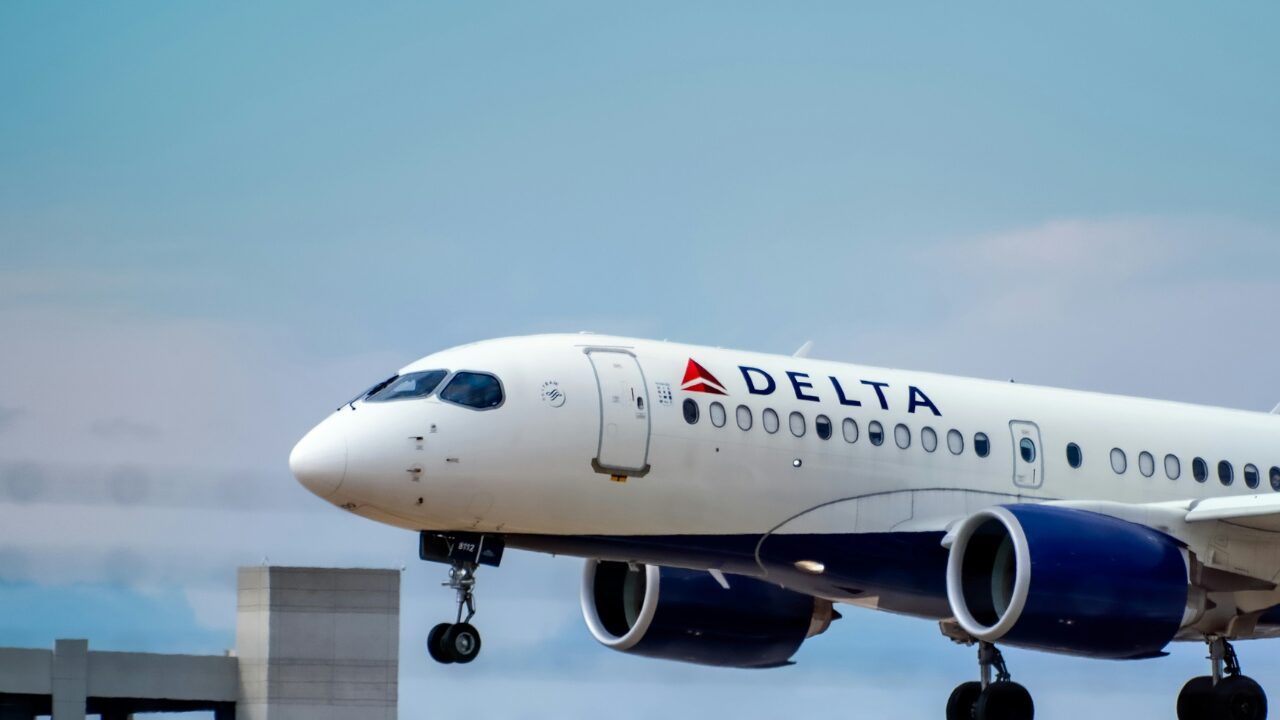The Incident Unfolds
On a routine journey from New York’s JFK International Airport to London Heathrow, Delta Flight DL67 encountered an unexpected situation that quickly escalated into an emergency. Approximately three hours into the transatlantic flight, the aircraft experienced a significant technical malfunction. Passengers and crew were jolted from their routines as the plane began to exhibit unusual vibrations and a rapid loss of altitude.
Immediate Response by the Crew
In moments like these, the role of the flight crew cannot be overstated. The pilots of DL67, trained extensively for such scenarios, acted swiftly. They initiated emergency protocols, communicated the situation to air traffic control, and reassured the passengers. The captain’s calm demeanor and clear communication were crucial in maintaining order and minimizing panic among those on board.
A Technical Breakdown
Preliminary reports suggest that the emergency was triggered by a mechanical failure in one of the aircraft’s engines. Modern jet engines are designed with numerous safety features, but they are also incredibly complex machines. The failure likely involved a critical component that compromised the engine’s performance, necessitating an immediate diversion to the nearest suitable airport.
The Diversion
Upon assessing the situation, the pilots decided to divert to Shannon Airport in Ireland, a common alternative for transatlantic flights in distress. Shannon is equipped with extensive emergency facilities and has a reputation for handling unexpected landings efficiently. The approach and landing were executed with precision, and emergency services were on standby, ready to assist as soon as the aircraft touched down.
On the Ground
Once on the ground, passengers were swiftly evacuated and escorted to the terminal. Medical personnel conducted checks to ensure no one had suffered injuries during the emergency. Delta’s ground team at Shannon, along with local airport authorities, provided support, including accommodations and information on subsequent travel arrangements.
Investigation and Aftermath
The incident prompted an immediate investigation by Delta’s technical team, along with aviation safety authorities. The goal was to determine the exact cause of the engine failure and prevent future occurrences. Delta Airlines, known for its stringent safety protocols, reiterated its commitment to passenger safety and transparent communication during such incidents.
Passenger Experiences
Passengers on DL67 had varied reactions to the emergency. While some remained calm, others found the experience distressing. Many expressed gratitude for the professionalism of the crew and the swift response from ground services. Social media platforms buzzed with firsthand accounts, highlighting both the anxiety of the situation and the relief upon landing safely.
Conclusion
The Delta Flight DL67 emergency underscores the unpredictable nature of air travel and the critical importance of preparedness and professionalism in aviation. While the incident was undoubtedly frightening for those involved, it also showcased the robust safety measures and expert handling that are hallmarks of modern air travel.
FAQs
- What caused the emergency on Delta Flight DL67?
- The emergency was caused by a mechanical failure in one of the aircraft’s engines, which led to significant vibrations and a rapid loss of altitude.
- How did the flight crew manage the situation?
- The flight crew followed emergency protocols, communicated with air traffic control, and reassured passengers, ultimately diverting the flight to Shannon Airport in Ireland.
- Were there any injuries reported?
- No injuries were reported. Passengers were safely evacuated and medically checked upon landing.
- What measures are taken to prevent such incidents?
- Aircraft undergo regular maintenance and inspections. In-depth investigations follow such incidents to identify causes and implement preventive measures.
- How did Delta Airlines support passengers after the emergency?
- Delta Airlines provided accommodations, information on travel arrangements, and worked closely with local authorities to ensure passenger comfort and safety post-incident.
Air travel remains one of the safest modes of transportation, thanks to the rigorous training of flight crews and the advanced safety systems in place. The DL67 incident, while unfortunate, reaffirms the industry’s commitment to safety and efficiency in crisis management.

